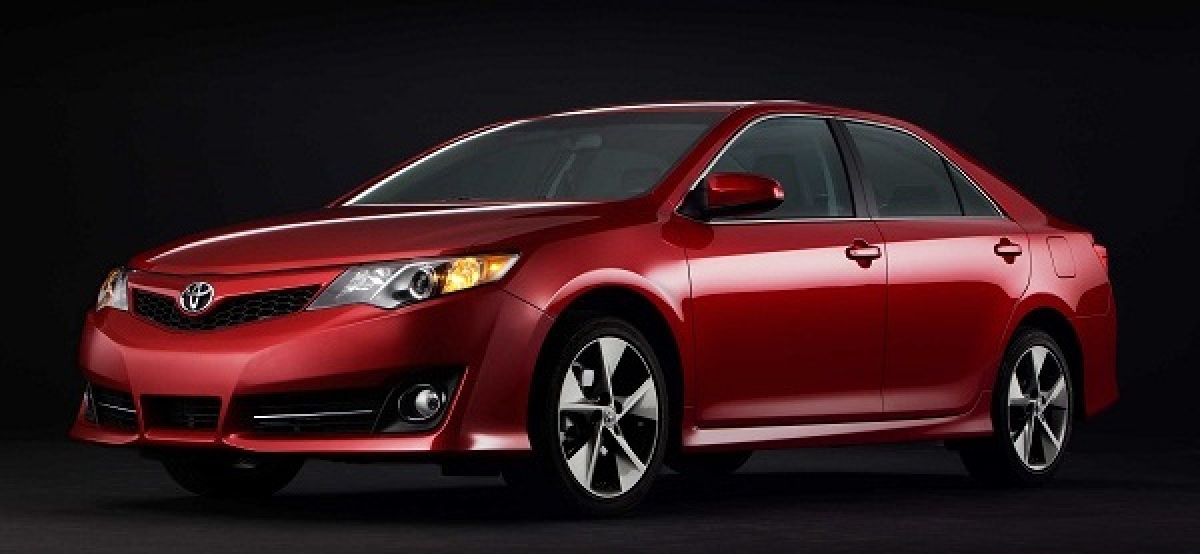After a short break last year from Consumer Reports’ (CR) list of recommended vehicles the 2014 Toyota Camry has regained its spot. The new car has been re-tested for crash worthiness and the new results have earned the car the spot is has for so many years enjoyed. Commenting on the test, Jeff Bartlett at Consumer Reports said of the Camry “Based on our road test, the Camry is a high-scoring vehicle with a proven reliability track record. We’re glad to see its safety has improved.”
The Toyota Camry is an American institution and most years the country’s best selling family car. So when it was dropped from Consumer Reports’ “Recommended” cars list many scratched their heads. The reason the car was dropped is because after the current model was designed and put into production, one agency that tests cars, the Insurance Institute for Highway Safety (IIHS), came up with an entirely new test. The Camry did not do well, and CR dropped the Camry from its list of recommended vehicles.
In fact, Toyota has had a heck of a time getting its cars to do well on this new test. The reason the test is so difficult is that the vehicle is crashed head on into a rigid barrier. However, unlike all other frontal tests, only a small amount of the front of the car contacts the barrier. We detailed the test in prior stories. Putting all of the car’s energy into the front corner means that the previous crash structure designs did not work. The Toyota RAV 4 did particularly poorly. The new 2014 Corolla scored marginal.
We do have our suspicions about the IIHS test. We respect the agency greatly, but it does seem a little odd that just after the agency started to award top safety pick status to most of the cars it tested it “discovered” that about a quarter of serious frontal crashes were of the type it now tests for. So, coincidental to the IIHS becoming rather unnecessary (why test if all the cars get top honors?) it suddenly finds that there is a new test that most cars cannot pass. Convenient.
That said, why not make the tests tougher? One reason is cost and another is weight. The car makers that have done well on the test did it by adding steel and other metal crash structures to the front of cars that are already nose heavy to begin with. That is in fact how this new Camry passed with an “acceptable” grade. It added more crash structure to its existing design. The 2014 is not a new car. It is the same as the 2013 that did poorly, but with more reinforcements up front.
The other side of the issue is that some automakers like expensive Volvos and very affordable Subarus in general did quite well on the new test. Some say they foresaw the coming test and designed for it. Others might say that those automakers were already putting a premium on safety. In either case, if those automakers could pass the test, we knew it was only one design cycle for the others until they all passed it too.
If you plan to shop in the next few weeks for a Camry you may want to read the full Consumer Reports story. It can show you how to identify if the one you will be considering on the dealer lot is among the newly updated ones. By about mid-January most of the old stock will have been moved along to customers.
Teaser quote "Don't call it a comeback, I've been here for years." courtesy of LL Cool J





